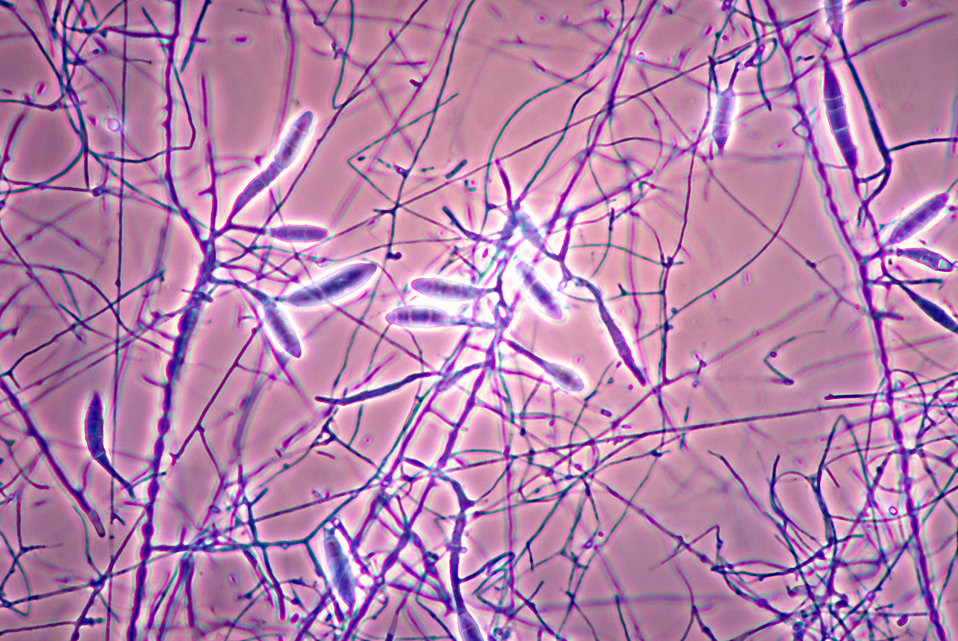WHAT ARE BIOAEROSOLS
Bioaerosols consist of airborne particles that contain living organisms, such as bacteria, fungi and viruses or parts of living organisms, such as plant pollen, spores and endotoxins from bacterial cells or mycotoxins from fungi. As such, they are found in the natural environment. The airborne particles that make up bioaerosols are extremely small and are not visible to the naked eye as they range in size from around 0.02 to 100 micrometres in diameter. The size, density and shape of a bioaerosol will affect its behaviour, survivability and ultimately its dispersion in the atmosphere. The behaviour and the ability for the bioaerosol to survive is dependent on the shape, density and size of the bioaerosols.
WHERE ARE BIOAEROSOLS PRESENT
Bioaerosols are naturally found in the environment. However, in the waste industry, composting, anaerobic digestion (AD) and mechanical biological treatment (MBT) facilities are the main sources of bioaerosols. These are the main biological treatment technologies used in the UK to treat biowastes like food waste, garden waste and residual household waste. Composting, AD and MBT facilities work through micro-organisms, such as bacteria, being used to break down the organic material in the waste. As the waste goes through different phases of being broken down, different bioaerosols are released. For example, in composting, as the material breaks down, it goes through different temperature dependent stages that are dominated by certain groups of bacteria and fungi. The most common group of micro-organisms are bacteria. Aspergillus fumigatus is a common mesophilic fungus that is thermotolerant and is present throughout the different stages of the breakdown of organic waste. It is the reliance on micro-organisms to breakdown the organic material and the way in which the material is processed that makes biowaste treatment facilities such as composting, AD and MBT facilities a source of bioaerosols.
ARE THEY A CONCERN?
The risks posed by bioaerosols have been studied for numerous years by a number of different groups. The results of these link adverse human health effects to workers that are exposed to high concentrations of bioaerosols. Exposure to bioaerosols has been identified with links between respiratory and gastrointestinal illnesses at biowaste facilities, whilst Aspergillosis caused by exposure to Aspergillus fumigatus spores has been reported to give rise to long-term chronic respiratory conditions. People who have suppressed immune systems are known to be at a higher risk of developing such conditions. It should be stressed however, that working at a biowaste facility does not automatically mean that you will be necessarily exposed to high concentrations of bioaerosols or be likely to develop the conditions mentioned above.
References
- Searl, A. (2008) Exposure-response relationships for bioaerosol emissions from waste treatment processes. Defra Project WR 0606. Institute for Occupational Medicine for, UK.
- Pearson, Littlewood, Douglas, Robertson, Gant, Hansell (2015). Journal of Toxicology and Environmental Health, Part B: Critical Reviews. Volume 18, Issue 1, 2015 Exposures and Health Outcomes in Relation to Bioaerosol Emissions from Composting Facilities: A Systematic Review of Occupational and Community Studies.
- Stagg, Bowry, Kelsey & Crook (2010). Bioaerosol emissions from waste composting and the potential for workers’ exposure. Health and Safety Executive
- Walser SM, Gerstner DG, Brenner B, Bünger J, Eikmann T, Janssen B, Kolb S, Kolk A, Nowak D, Raulf M, Sagunski H, Sedlmaier N, Suchenwirth R, Wiesmüller G, Wollin KM, Tesseraux I, Herr CE. Evaluation of exposure-response relationships for health effects of microbial bioaerosols – A systematic review. Int J Hyg Environ Health. 2015 Oct; 218(7):577-89. doi: 10.1016/j.ijheh.2015.07.004. Epub 2015 Jul 18.
